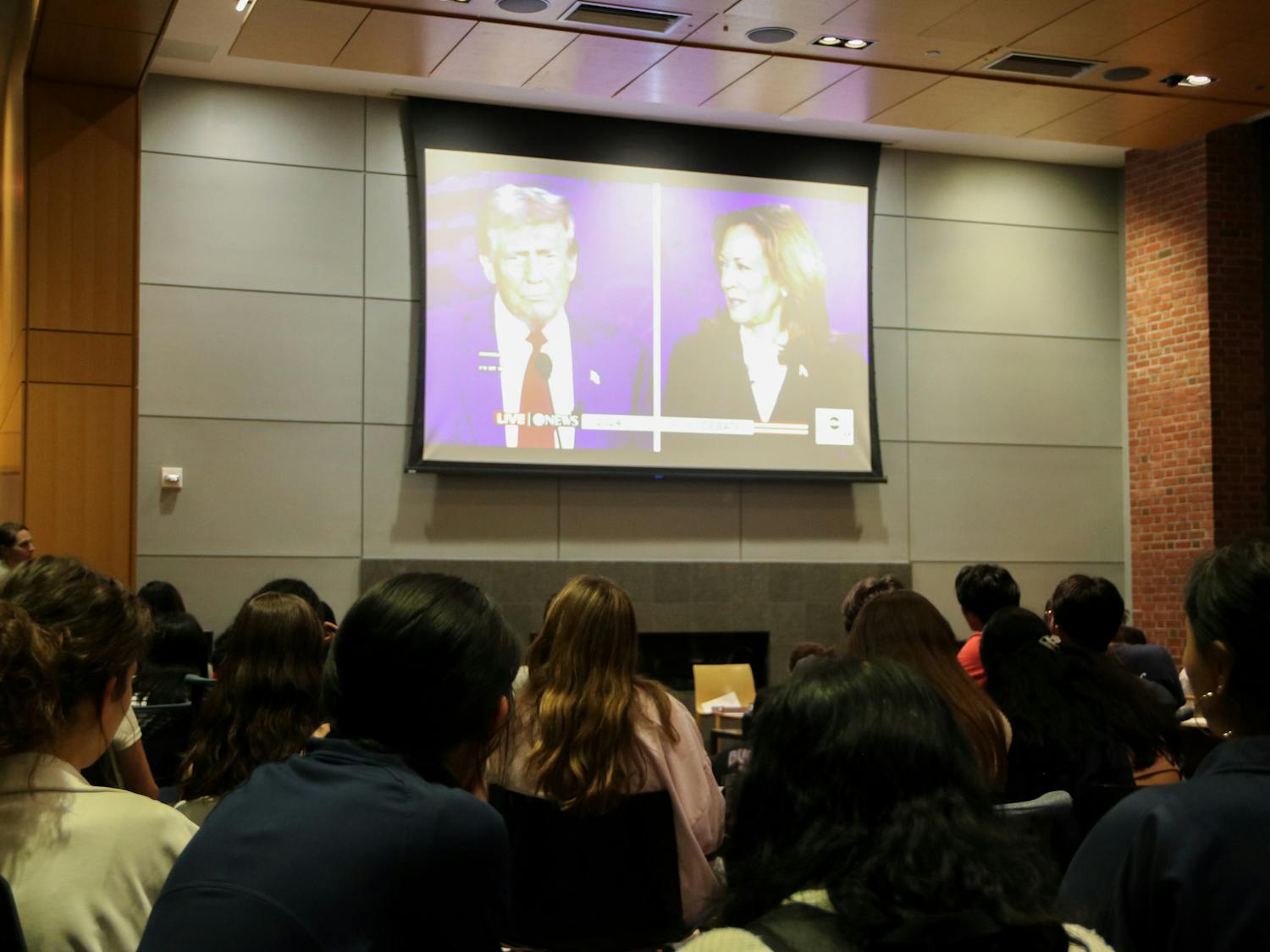Imagine a library without books — if such a thing could exist. It might look like a large space full of tables and other places for people to use laptops, discuss, collaborate and, perhaps, read e-books. It might look a little like … Weigle Information Commons?
Libraries are changing, and the future looks somewhat dim for printed research materials. An upcoming April publication from the Council on Library and Information Resources will examine libraries’ transition from print to digital storage of resources, and the implications for university libraries could be huge.
Digital collections are cheaper to maintain than large amounts of printed material. But with e-books still in their infancy, it’s very impractical to even conceive of students and professors studying without printed books.
Beyond the problems of licensing agreements for the millions of volumes the University possesses, issues of practicality and established research techniques arise. Relatively few people even own e-books, many researchers attest to the importance of serendipitously discovering books while browsing the stacks and the ability to dog-ear pages, write notes in margins, highlight, etc. in ways that are limited with software.
Others in academia object to the idea of a digital library because books would need to be placed in high-volume storage. In November, the dean of libraries at Syracuse University planned to ship many books to a high-volume storage facility in order to make space available for the kind of digital browsing area Weigle Information Commons offers. Students and faculty were up in arms over the idea, but Penn has had the kind of high-volume storage facility Syracuse so objected to for over a decade now, simply because the University has millions of books — what the Penn library system’s Director of Collection Development and Management Martha Brogan called “an embarrassment of riches.”
Moving forward with a new vision of university libraries, Penn’s plans are not as black and white as analog is compared to digital. The library’s Director for Planning and Communication Joe Zucca noted the importance of “juxtaposition of print and electronic” sources. The recently renovated School of Veterinary Medicine library showcases this nicely. The space includes stacks for some 30,000 volumes, carrels, a lounge area and table seats. However, it also has a digital laboratory, an electronic classroom and three additional group study rooms similar to those found in Weigle. Including the information commons space meant decreasing the stacks and sending more printed volumes to storage, but it’s a trade-off worth making.
Recognizing that more space for information commons means less space for stacks ensures a better study environment for students, which should be a high priority of any library. High-volume storage isn’t a euphemism for a black hole that sucks in books. Penn’s storage facility is located only a few blocks away, and volumes are retrieved from the site twice a day. Having the option of digital resources is a blessing, not a curse. The key is balance between digital and print because the University’s collection of print sources is not just information — as digital conversion might imply. The tangible materials themselves are beautiful and symbolic of Penn’s history and dedication to maintaining the best resources possible for research.
For now, that balance will be maintained. As part of the University’s capital campaign, the library is fundraising for a renovated special collections center (the sixth floor of Van Pelt), biomedical library and redesigned engineering library, with an eye for the needs served by each collection and study space. All will align printed material with digital resources.
However, the economic advantages of digitized information can’t be ignored, and the demand for electronic library resources and space for information commons will indubitably only grow in the coming years. Perhaps then, the balance between digital and print should be reconsidered.
Katherine Rea is a College junior from Saratoga, Calif. Her e-mail address is rea@dailypennsylvanian.com. Rea-lity Check appears on Fridays.








